Into the West: The Late Bronze Age Hoard from Llanddeusant
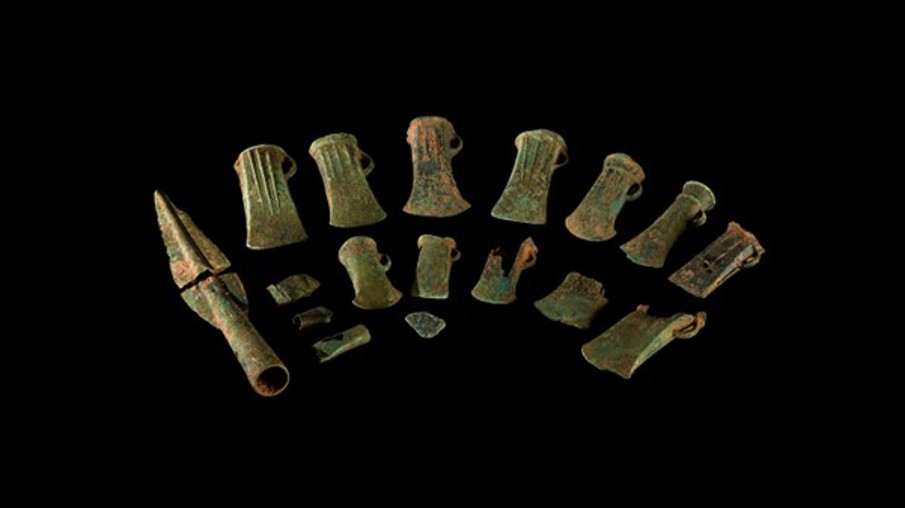
Figure 1. The Late Bronze Age hoard from Llanddeusant Community, Carmarthenshire (©Carmarthenshire Museum/Amgueddfa Cymru - Museum Wales)
Detecting Treasure
On a wet and rainy day in November 2019, Richard Trew was out metal-detecting with his friend in Llanddeusant Community, Carmarthenshire, when he made an incredible discovery. Buried a short distance below the ground surface were two pieces of a large bronze spearhead, lying flat with one piece on top of the other.
Richard called out to his friend in excitement, but his detector told him that there was more still buried in the ground. Over the course of that day and the following weekend, Richard would go on to discover an additional 19 bronze objects from the same hole. In other words, he had discovered a Bronze Age hoard.
The discovery of a Bronze Age hoard is a find of a lifetime. The Llanddeusant hoard was buried around 3,000 years ago, dating to the Late Bronze Age in Wales (c. 1150-800 BC). Richard promptly reported his find to the local PAS Cymru (Portable Antiquities Scheme in Wales) Finds Recording Officer. Archaeologists from Dyfed Archaeological Trust and Amgueddfa Cymru – Museum Wales were then able to investigate the hoard findspot, enabling careful investigation and recording of the burial context.
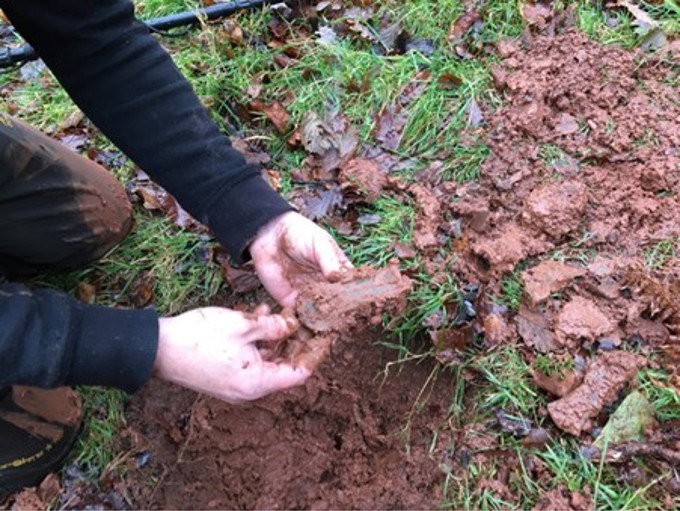
Figure 2. A bronze socketed axehead being removed from the ground by the finder of the Llanddeusant hoard, Richard Trew (© Richard Trew)
Capturing the moment
When Richard discovered the Llanddeusant hoard, he and his friend took a series of photographs as the artefacts were being lifted out of the ground. Combined with the results of the archaeological findspot investigation, these photographs show that the hoard was buried within a specially-dug pit, seemingly far away from any known settlement.
Placed at the top of the hoard was the large spearhead, broken in two with one piece lying over the other. The rest of the objects were discovered below, tightly packed and stacked. Some of the axeheads were placed on their side and others were laid flat, but there were roughly three axeheads to each layer of the hoard. It is seems as if the objects had been carefully buried in the ground, perhaps as an offering to the land or to Bronze Age deities.
What’s in the hoard?
The 20 bronze objects that make up the Llanddeusant hoard represent different aspects of Late Bronze Age life.
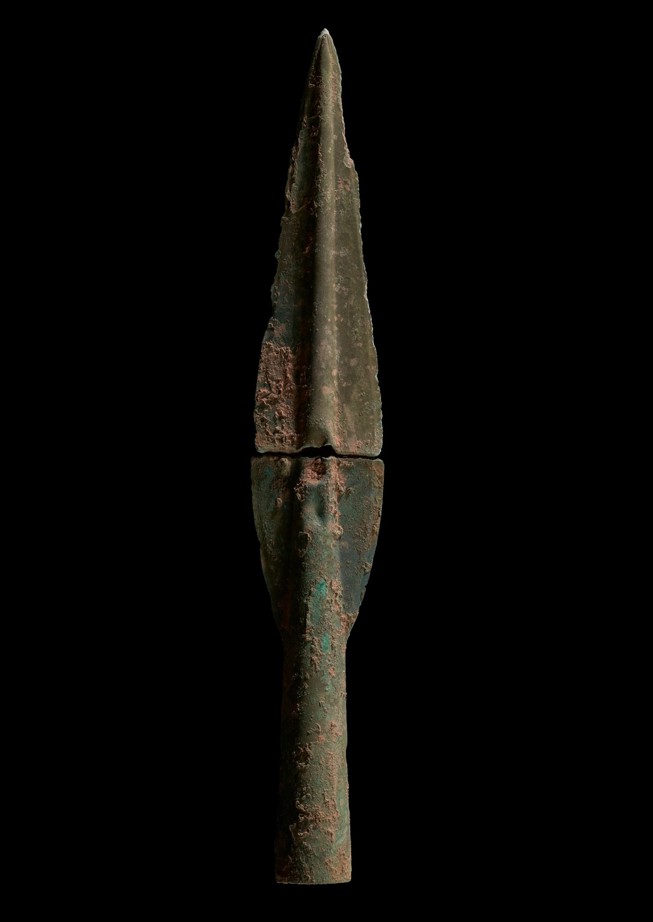
Figure 3. The large spearhead from the Llanddeusant hoard (©Carmarthenshire Museum/Amgueddfa Cymru - Museum Wales)
Spearheads and ferrules
The two spearheads would have been attached to long wooden shafts and were likely to have been used for hunting wild animals or fighting. One spearhead is especially long, has heavily damaged blade edges, and was deliberately broken into two pieces after it was struck with a narrow and blunt ended tool. It was probably not in a functional condition when it was snapped in half.

Figure 4. A spearhead fragment from the Llanddeusant hoard (©Carmarthenshire Museum/Amgueddfa Cymru - Museum Wales)
Another small piece of bronze belongs to the blade of a spearhead. It was also broken before it was buried, but we don’t know what happened to the rest of the blade or the socket end.

Two small tubular fragments belong to spear ferrules – small caps that would have been fitted onto the bottom of the wooden shaft. These two ferrules may have been paired with the spearheads, but there is no way of being certain that this was the case.
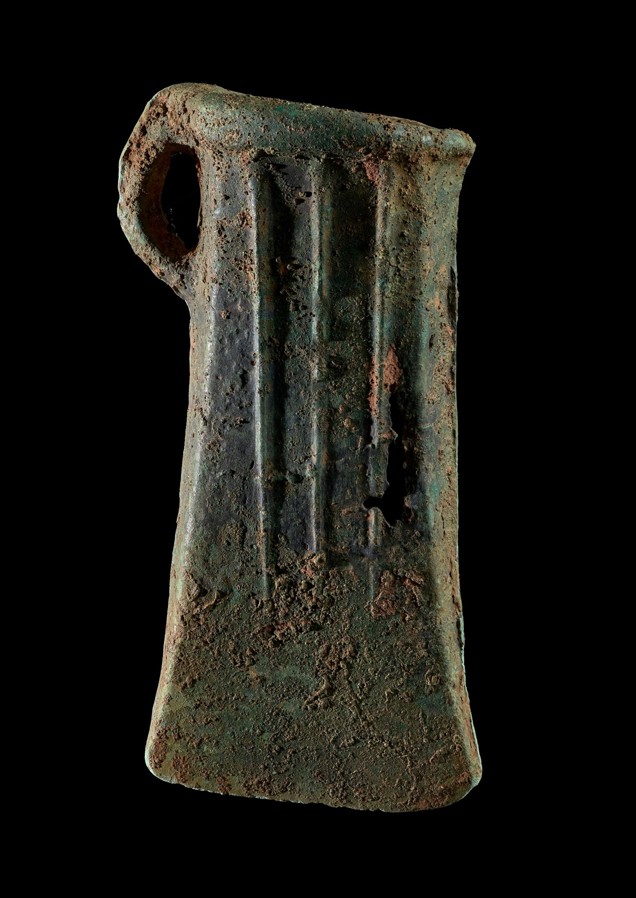
Figure 6. A bronze axehead from the Llanddeusant hoard (©Carmarthenshire Museum/Amgueddfa Cymru - Museum Wales)
Axeheads
The axeheads would have been attached to wooden handles before they were buried and would have served as useful tools for woodworking. Most of the axeheads appear to have been used before they were buried.
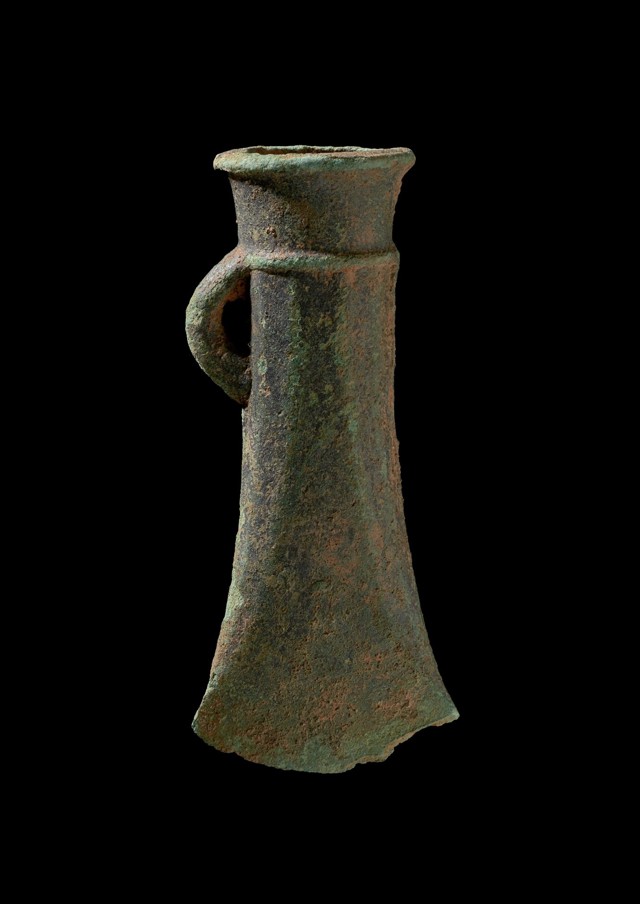
Figure 7. A ‘faceted’ bronze socketed axehead with a broken blade (©Carmarthenshire Museum/Amgueddfa Cymru - Museum Wales)

Figure 8. The small mis-cast bronze axehead that was never prepared for use (©Carmarthenshire Museum/Amgueddfa Cymru - Museum Wales)
Discovered at the bottom of the ancient pit was a small axehead. It has sharp and jagged sides, an unworked blade, and four stumps around its socket mouth. These signs tell us that it was cast and never prepared for use. There are also two small holes through one of its faces – casting flaws that were probably caused by the molten bronze not being hot enough when it was poured. These casting defects may explain why this axehead was never used, but why was it buried and not recycled?
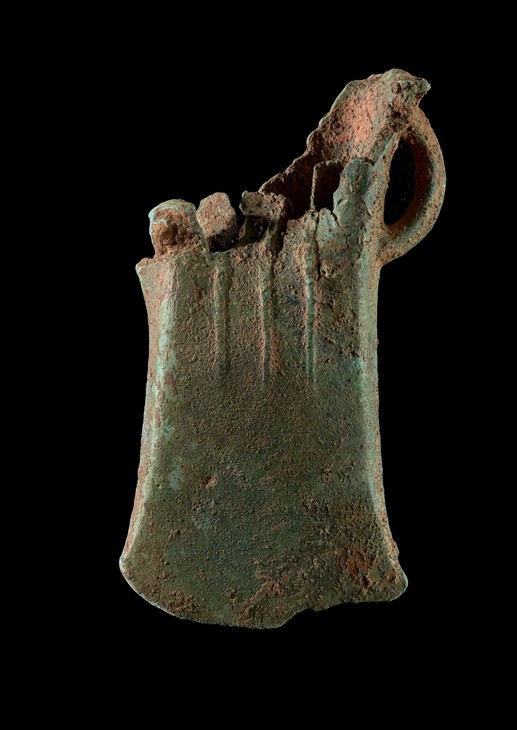
Figure 9. The broken bronze axehead with a blocked socket (©Carmarthenshire Museum/Amgueddfa Cymru - Museum Wales)
A hoard within a hoard
One of the axeheads contains three small bronze fragments that have been stuffed inside of its socket. Two of the pieces are thin and may have once formed part of a vessel, perhaps a bowl or cauldron. The third piece belongs to one end of a small bronze ornament, probably a bracelet.

Figure 10. View looking down at the bronze axehead with a blocked socket (©Carmarthenshire Museum/Amgueddfa Cymru - Museum Wales)
The broken edges of this axehead were hammered shut around these three fragments, ensuring that there was no way for them to escape. This is a strange phenomenon that is seen not only across Britain, but also large parts of Continental Europe.

Figure 11. Different views of the casting jet from the Llanddeusant hoard (© Carmarthenshire Museum/Amgueddfa Cymru - Museum Wales)
The casting jet
Last but by no means least is a small, rather unremarkable looking object – a casting jet. They represent the excess bronze that would have formed during the casting of another object. Casting jets regularly turn up in Late Bronze Age hoards from southern Britain and may have been exchanged as a form of raw material.
Different styles, different places

Figure 12. A ‘South Wales Type’ axehead from the Llanddeusant hoard (© Carmarthenshire Museum/Amgueddfa Cymru - Museum Wales)
Many of the socketed axeheads from the Llanddeusant hoard belong to a style known as the ‘South Wales Type’. These axeheads have been found across Britain, Ireland, and northern France, but they are more commonly found in larger quantities within hoards and as single finds in South East Wales. The people who buried this hoard were probably part of this regional network, unified by regular exchange and a shared sense of identity.

Figure 13. The ‘Breiddin Type’ axehead from the Llanddeusant hoard (© Carmarthenshire Museum/Amgueddfa Cymru - Museum Wales)
Other styles of axehead were also buried within the Llanddeusant hoard, including one that is named after the Breiddin – a hillfort situated in Criggion, Powys, that was occupied during the Late Bronze Age and Iron Age. Breiddin axes are more commonly found in North Wales and the Welsh Marches. How it came to be placed within this hoard is unclear, but it may have arrived through trade or travelled with people who had obtained it from elsewhere.
Part of a wider world

Map 1. This map shows West Wales in the context of western Britain. Yellow squares mark the locations of Late Bronze Age hoards (Contains Ordnance Survey data licensed under the Open Government Licence v3.0)
The Late Bronze Age was a time when large amounts of metalwork were hoarded and buried across Britain and Continental Europe. However, until recently there has been relatively little evidence about the people who lived in West Wales during this period. We have already seen how the Llanddesuant hoard adds to this picture, but how does it compare with other recent discoveries?

Figure 14. One of two Late Bronze Age hoards from Llangeitho Community, Ceredigion (© Ceredigion Museum/Amgueddfa Cymru - Museum Wales)
In January 2020, around 40km away from the findspot of the Llanddeusant hoard, two metal detectorists were exploring a field in Llangeitho Community in Ceredigion. It was while searching this area that they discovered two Late Bronze Age hoards, buried just 10 metres apart from each other. Recently acquired by Ceredigion Museum, they are the first Late Bronze Age hoards from the region that are available for people to see and study.

Figure 15. The copper ingot from the first of the two hoards from Llangeitho Community, Ceredigion (© Ceredigion Museum/Amgueddfa Cymru - Museum Wales)
The first of the two hoards from Llangeitho Community contains spearheads, axeheads, bracelets, a dress pin, a socketed knife, a chisel, blade fragments, and a casting jet. This is the only Late Bronze Age hoard known, to date, from South East and West Wales to contain complete jewellery. Complete bracelets are more commonly found within hoards from North Wales and Scotland. There is also a copper ingot, which may have been transported to this part of Ceredigion from as far away as Austria or south-western Spain.

Figure 16. The second Late Bronze Age hoard from Llangeitho Community, Ceredigion (© Ceredigion Museum/Amgueddfa Cymru - Museum Wales)
The second of the two hoards from Llangeitho Community contains 16 socketed axeheads, two gouges, a sword blade fragment, and six casting jets. Some of the axeheads are of the South Wales Type, but many are of a style that is more commonly found in Northern England and Scotland. Together, the presence of these different styles of axeheads suggest that local communities enjoyed far-reaching connections, potentially importing objects from across Britain.
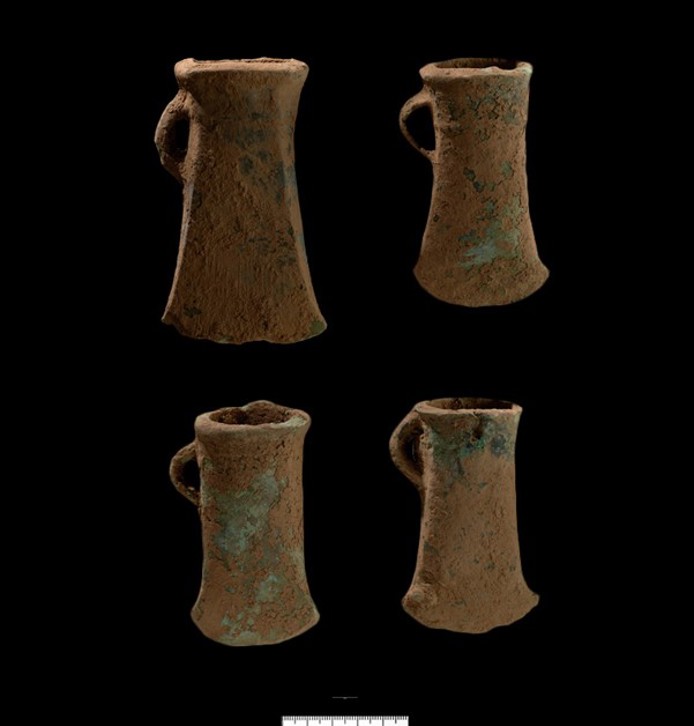
Figure 17. Four bronze axeheads from the second Late Bronze Age hoard from Llangeitho Community, Ceredigion (© Ceredigion Museum/Amgueddfa Cymru - Museum Wales)
Together, these three hoards illustrate how people living in West Wales were a part of the European Bronze Age story. Thanks to responsible metal detectorists like Richard, current and future generations will be able to see, enjoy, and research these fascinating groups of objects.
Notes and acknowledgements
The Llanddeusant hoard was declared as Treasure in May 2022 and acquired by Carmarthenshire Museum in 2023. It is proudly on display in Carmarthenshire Museum from August 2024, along with one of the hoards from Llangeitho Community.
For more information on Treasure, you can visit: https://museum.wales/treasure/
To discover what archaeological finds have been recorded in your area, you can visit the website of the Portable Antiquities Scheme at https://finds.org.uk/
